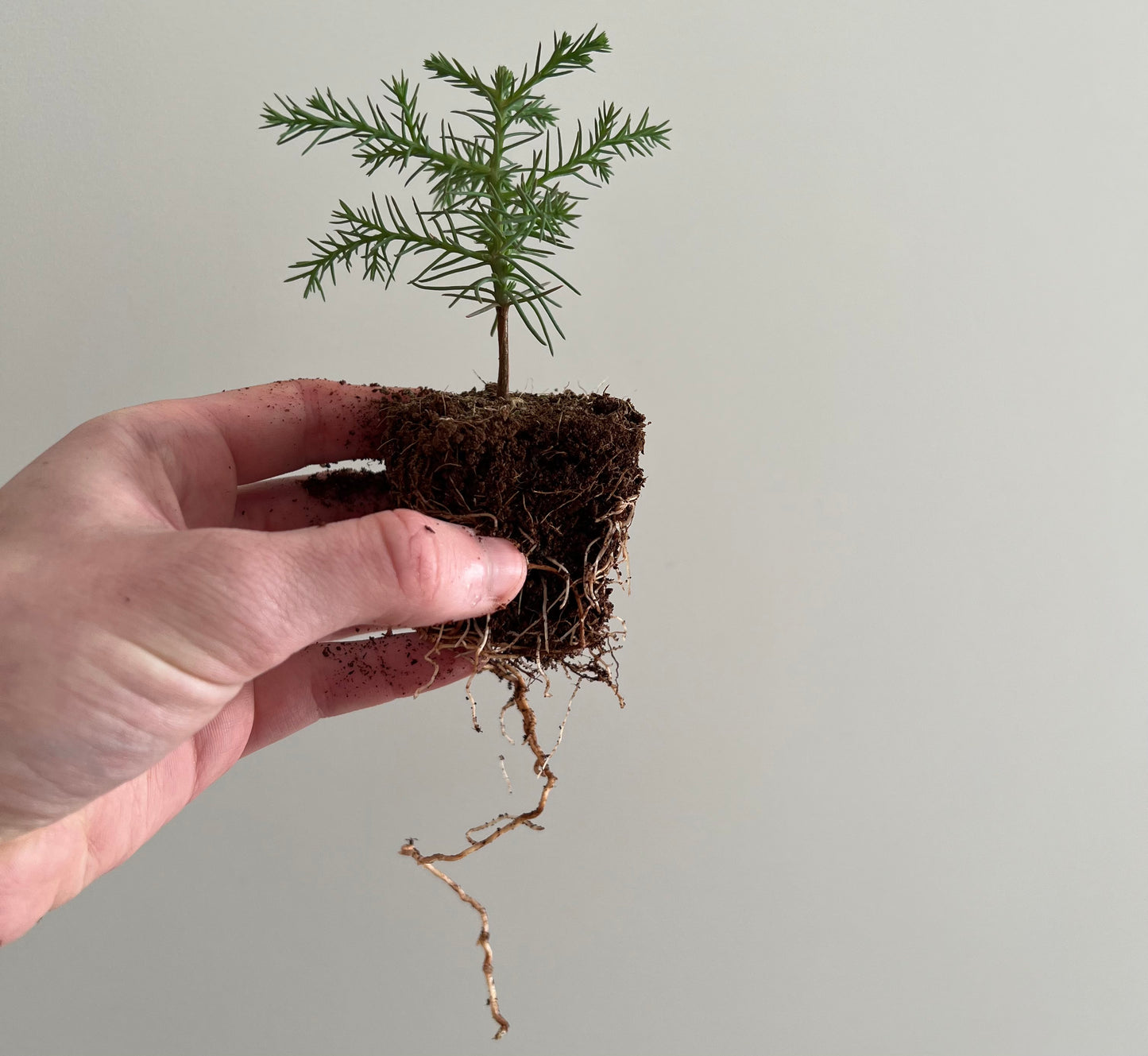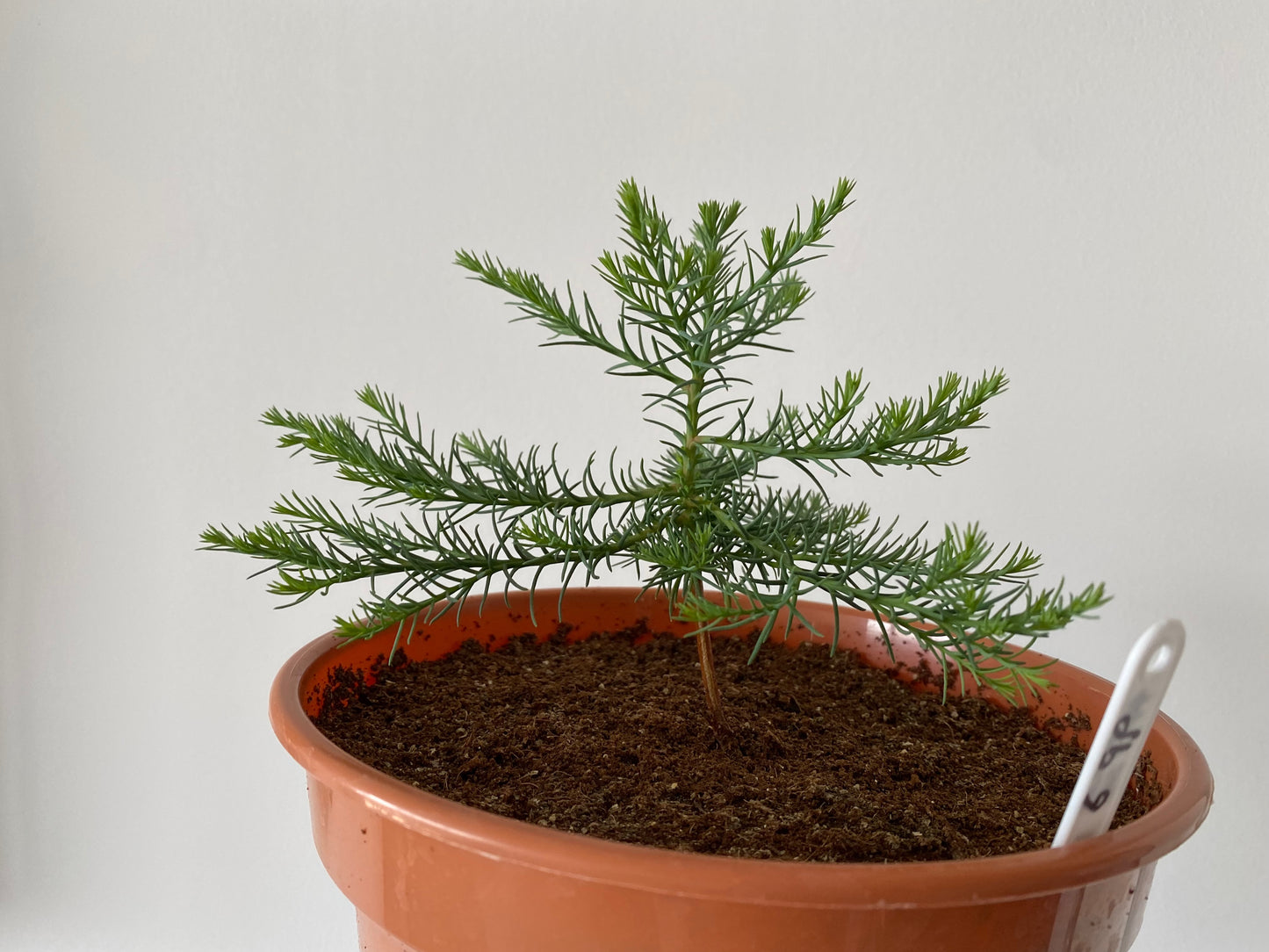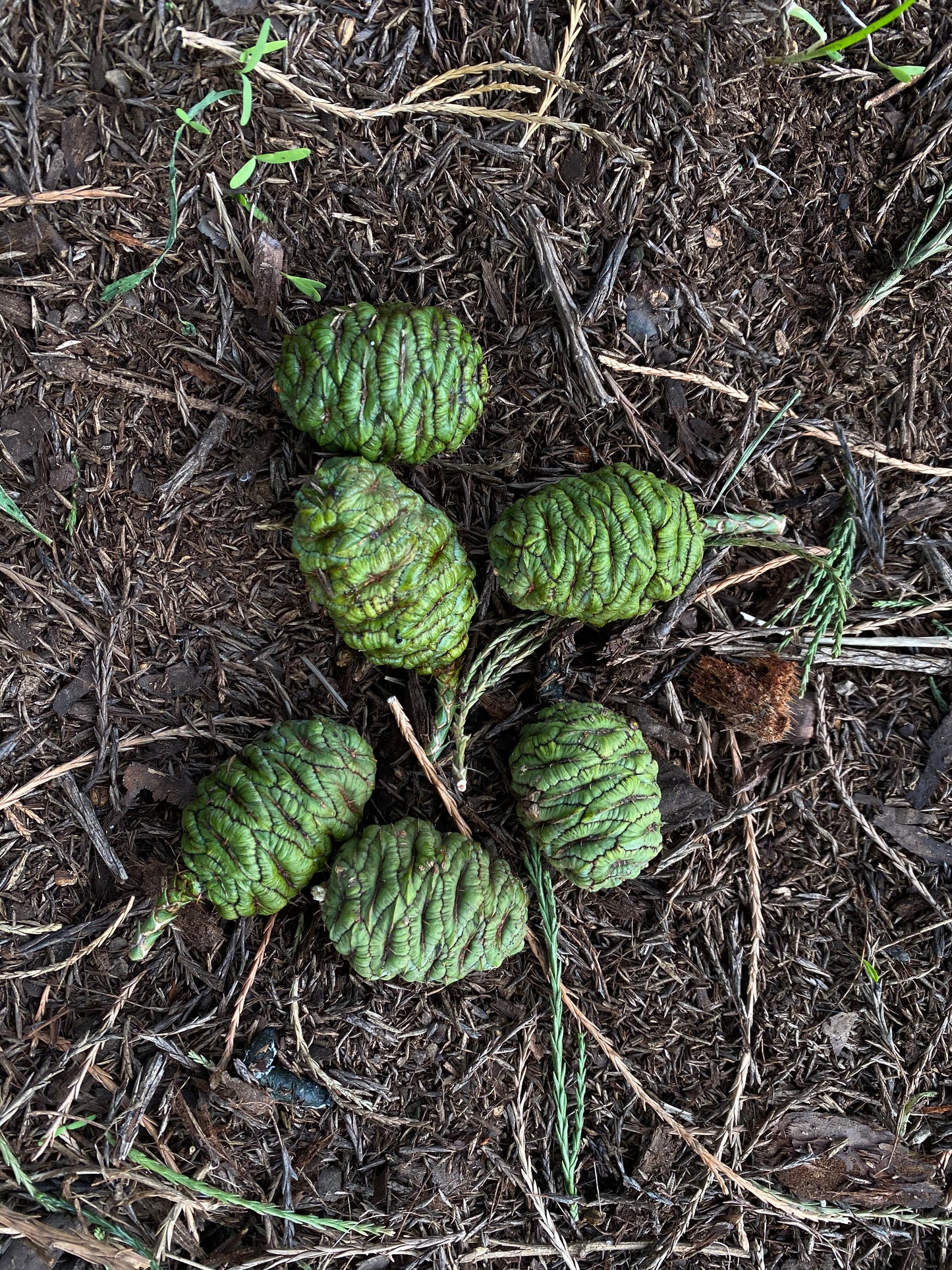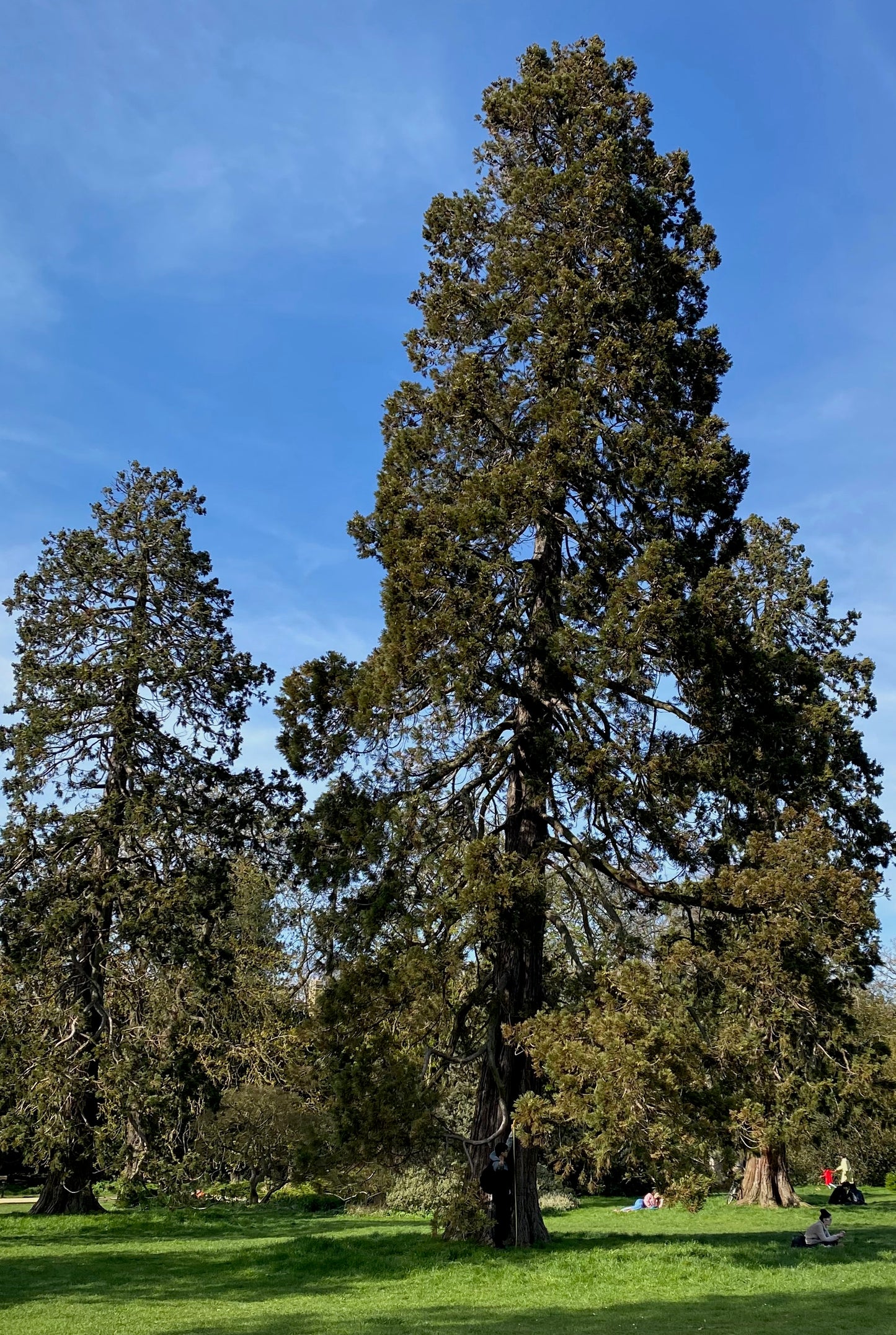Introduction
Unlike their coastal counterparts (Sequoia sempervirens), Giant Sequoias (Sequoiadendron giganteum) do not have the option of reproduction through shoots, instead they rely on seed-based reproduction. This document is a deep dive into the academic literature on Giant Sequoia (Sequoiadendron giganteum) reproduction, covering seed production, germination and early growth. If you are just looking for a quick guide on how to grow your own Giant Sequoia from seed you may prefer our growing guide.
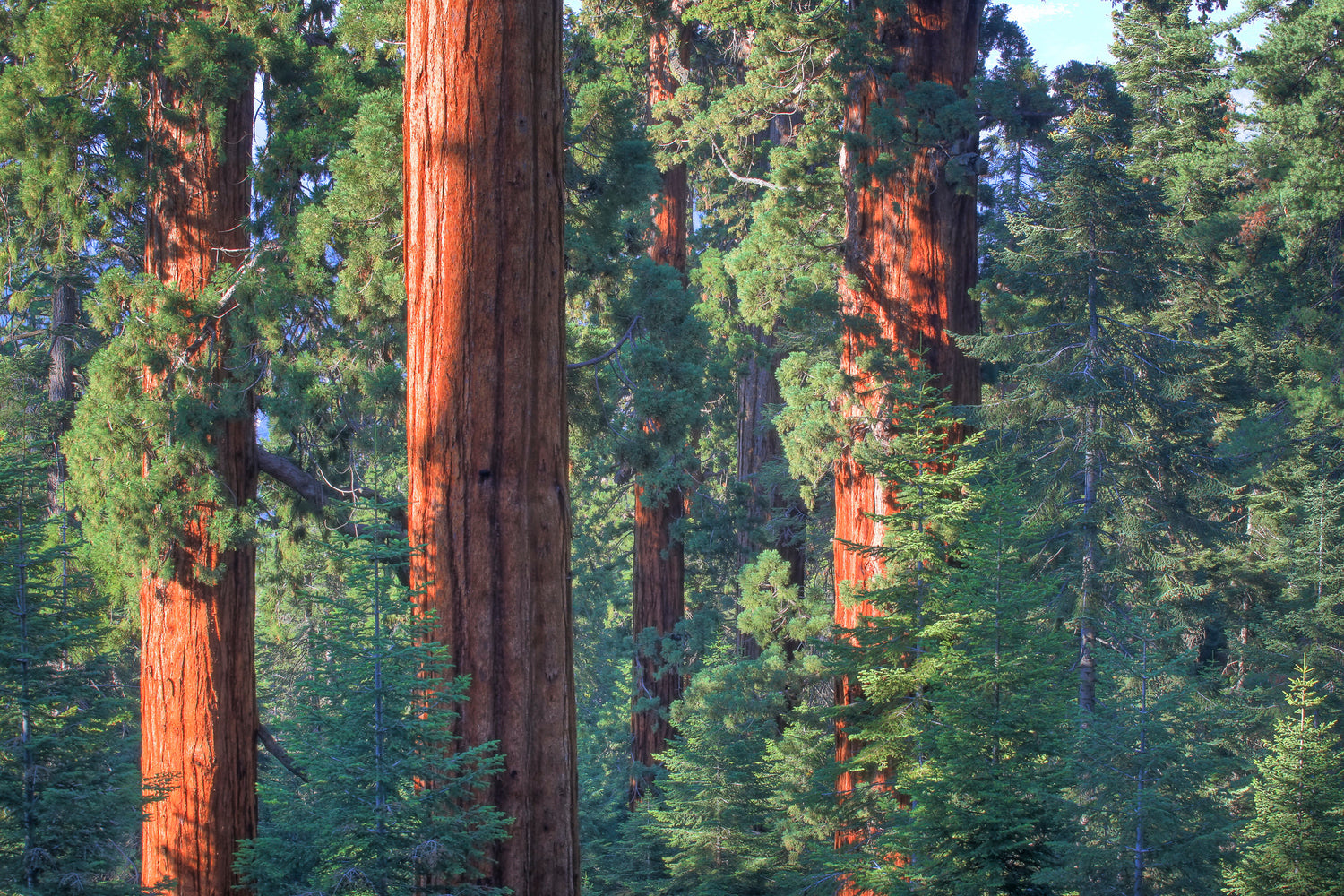
Seed production
Mature Giant Sequoia produce new female cones in the summer months, they are usually then fertilised by the following spring and mature in the summer of the year following fertilisation - meaning the process of viable seed production takes more than two years. Harvey (1980) reports that a mature Giant Sequoia tree may produce an average of 1,500 new cones per year. In an analysis of 196 Giant Sequoia cones, a total of 39,684 seeds were counted. This provided an average of 202.4 seeds per cone with a range of 47 to 393. It is therefore expected that a mature tree with an output of 1,500 cones per year may produce more than 300,000 new seeds in an annual period.
What happens to 300,000 seeds in nature?
In their indigenous environment, Giant Sequoia seeds begin germination in February or March, continuing into the summer months. Stark, in a study published in 1968, estimated that only one in a million Giant Redwood seeds would germinate under natural conditions. But germination alone is not sufficient for tree growth, as the seedling survival rate is also extremely low. A study by Hartesveldt and Harvey in 1967 followed more than 2,000 seedlings growing on the forest floor and found that after 18 months only 1.4% had survived. Harvey, in 1980, reports that desiccation (drying out) during the summer months is the major factor in mortality of seedlings – accounting for a loss of more than 50% of the seedlings being monitored.
If only 1 in each million seeds would germinate under natural conditions, and then only 1.4% of established seedlings survive an 18 month period, a mature tree is highly unlikely to produce more than one surviving sapling per decade.
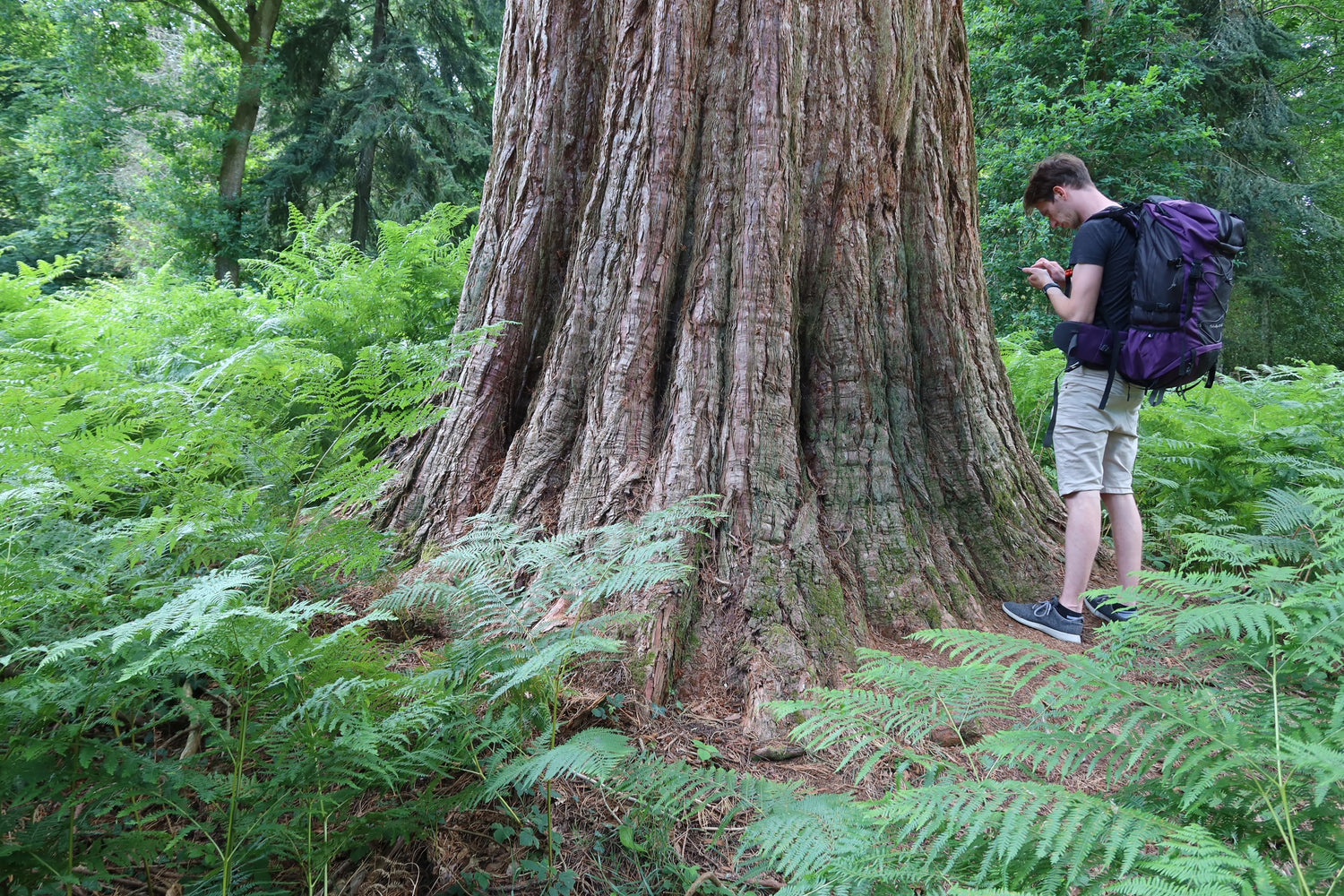
A question of maturity?
The above numbers are based on the assumption that the parent tree has reached maturity. But when exactly can a Giant Sequoia be considered as mature? This is a largely unanswered question. What we do know is that, while the oldest Giant Sequoia growing in the UK (around 150 years of age) produce an abundance of cones, the viability of their seeds appears to be much lower than those from old growth. More research is needed to track reproductive maturity in the specie.
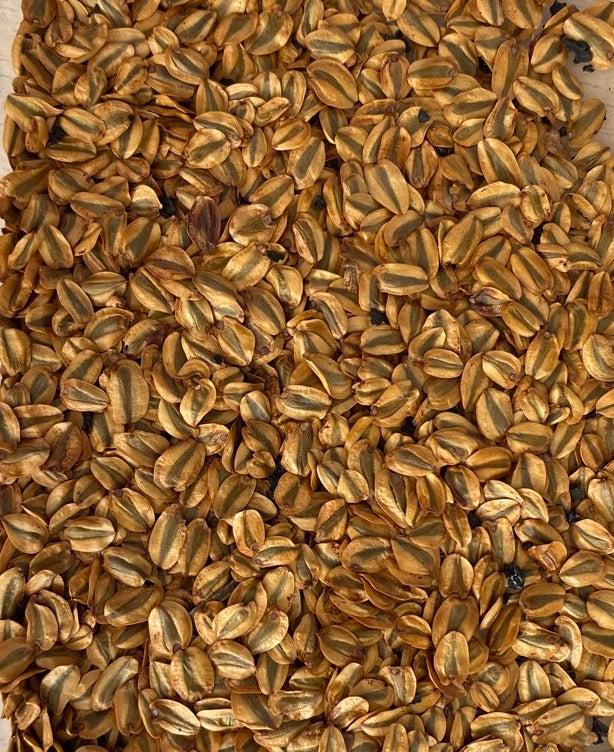
Seed viability
Not all Giant Sequoia seeds are viable for germination. While seed laboratories often utilise x-ray scanning technology to test for embryonic tissue, Harvey notes of the “snap test” a destructive test that can be used to determine if a seed is viable. As it is a destructive test, you wouldn't do this to seeds you are hoping to germinate. This method involves snapping a seed across its long axis and examining the embryonic area inside. If the area is cream coloured and full, it can be considered viable. If it is white, brown, black or shrunken, then it is considered nonviable. However, it is noted that not all viable seeds will germinate. Stark (1968) reports that large seeds, a category with an 8mm average length, germinated 153% better than a mixture of normal seeds. Small seeds, those under 4mm in average length, only achieved a germination rate that was 6.9% of that found among the controls.
Germinating Giant Sequoia seeds
In Stark’s 1968 study, it was reported that Giant Sequoia seeds germinate best in moist soil with a pH of 6 to 7, 1cm below the surface, at 10 to 20 degrees Celsius. Research by Fins (1981) provides a number of further insights into seed germination. Firstly, while stratification did not provide a statistically significant increase in the number of seed germinations, it did appear to increase the speed at which germination occurs. Secondly, a “bubbler” approach to seed preparation – where seeds are soaked in aerated water overnight before being stratified at 2.8 C for 25 days – did have a statistically important effect on the number of seeds that germinated across all seed sources as well as upon the speeds at which they germinated. This suggests that a bubbler approach may be productive to maximise seed germination in nursery and laboratory setups where such factors can be controlled.
But beyond these preparation aspects, Fins’ paper also notes that the most significant factor for seed germination was the grove from which the seeds were sourced. Fins found that 40% of the seeds from the North Calaveras Giant Sequoia grove germinated after being given the bubbler treatment, compared with just 12% of those obtained from Mountain Home State Demonstration Forest. A 1994 paper by Fins and Libby looking at genetic variation among giant redwood groves notes that many recent (at the time of publication) seed collections obtain their supply from the Mountain Home State Demonstration Forest alongside Redwood Mountain, the latter of which provided a 19% germination rate after bubbler treatment in Fins’ 1981 study. However, despite notably lower germination rates, saplings grown from seeds and cuttings emerging from these groves appear to grow higher and with a greater stem volume – which may explain the preference for these seeds (Fins and Libby, 1994).
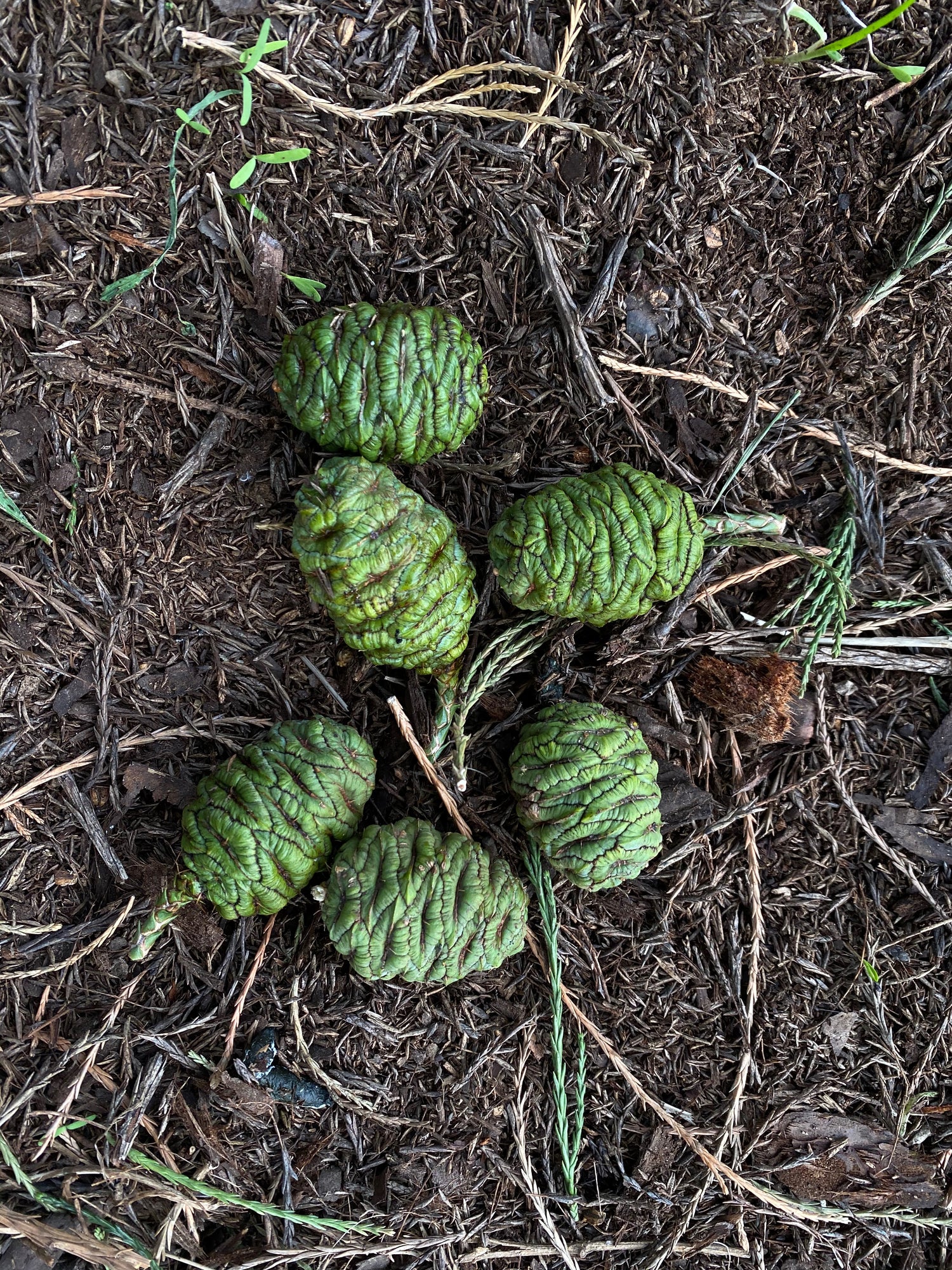
Could Giant Sequoia in Europe be at a reproductive advantage?
The high level of germination in seeds emerging from the North Calaveras grove is particularly interesting because many Giant Sequoia trees that were planted in Europe during the 1800s emerged from this area. If the high germination rate found within this sample is a genetic facet, rather than one influenced by climate and local geography, then seeds taken in the future (when reproductive maturity is achieved) from Giant Sequoia trees in Europe may also have above average germination rates.
It is important to remember that even if there is a reproductive advantage among Giant Sequoia growing in Europe, they will never become an invasive specie due to their extremely slow capacity for natural reproduction.
Support our work
If you found this information useful, please consider supporting us. If you're living in the UK, the best way you can support us is by buying your tree seeds from our store.
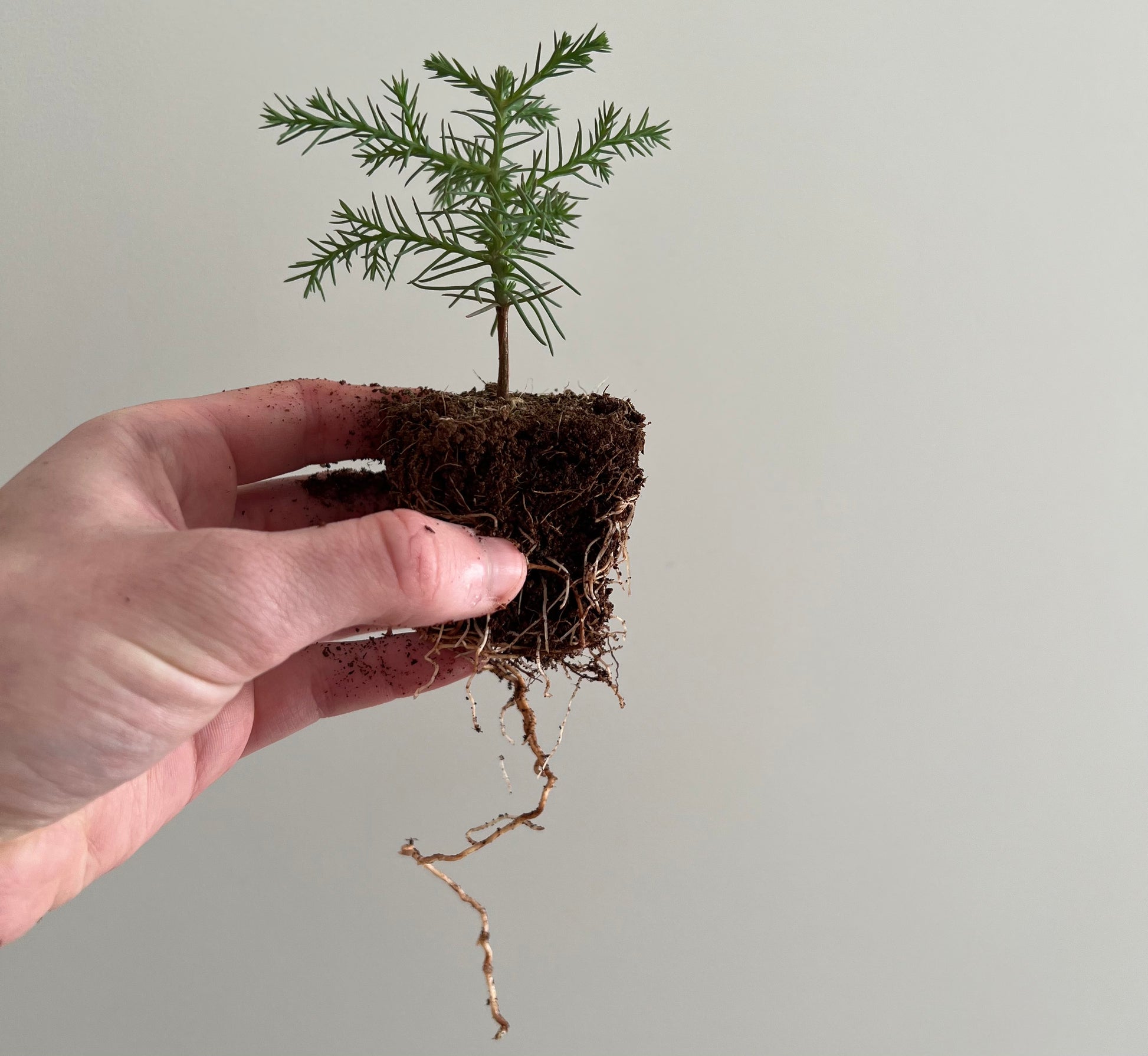
Superlative Trees
Giant Sequoia Seeds
Share
